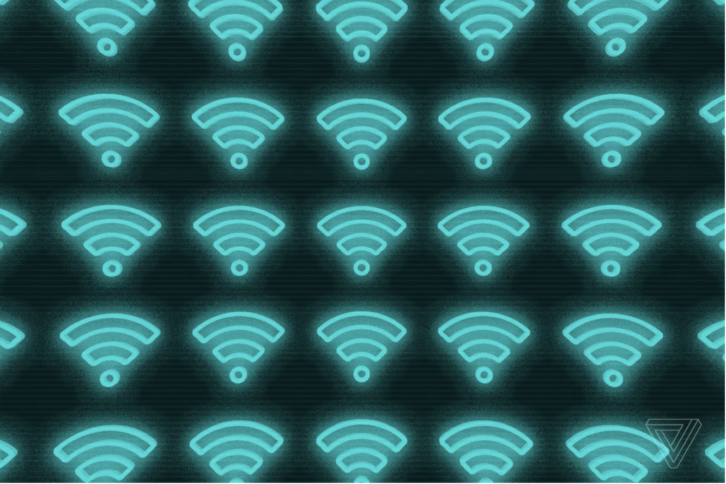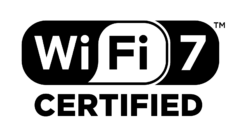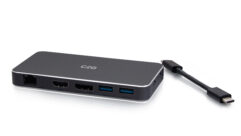
The FCC has approved $7.17 billion in funding to help students, school staff, and library patrons access hotspots and connected devices to use at home. The Emergency Connectivity Fund Program will allow schools and libraries to purchase equipment to be used off-site — and to get reimbursement for equipment already purchased to address remote learning needs during the pandemic.
The new fund will use processes already in use by the E-Rate program, which currently helps schools and libraries pay for broadband internet. Qualifying schools and libraries will be able to purchase hotspots, routers, tablets, and computers, among other devices necessary for remote learning (though smartphones don’t qualify). Students and patrons can take them home and use them.
The key to all this is whether “other devices” will include things like streaming technology, PTZ cameras, displays, conferencing or other hybrid technology at the school.
The priority will be the devices, but these devices need to be served content. So when you talk to your customers about how they will be investing their share of this money make the case for not spending it all on the far-end device without properly considering the near end.
FCC Chairwoman Jessica Rosenworcel has long called on the FCC to help schools and libraries get hold of equipment sorely needed in many homes across the country. The FCC quotes a study from last spring that found about nine million public school students live in homes lacking both Internet access and a suitable device for remote learning. The new funding and the Emergency Broadband Benefit Program already underway may prove to be an opportunity for better AV for students both at home and in the classroom.










